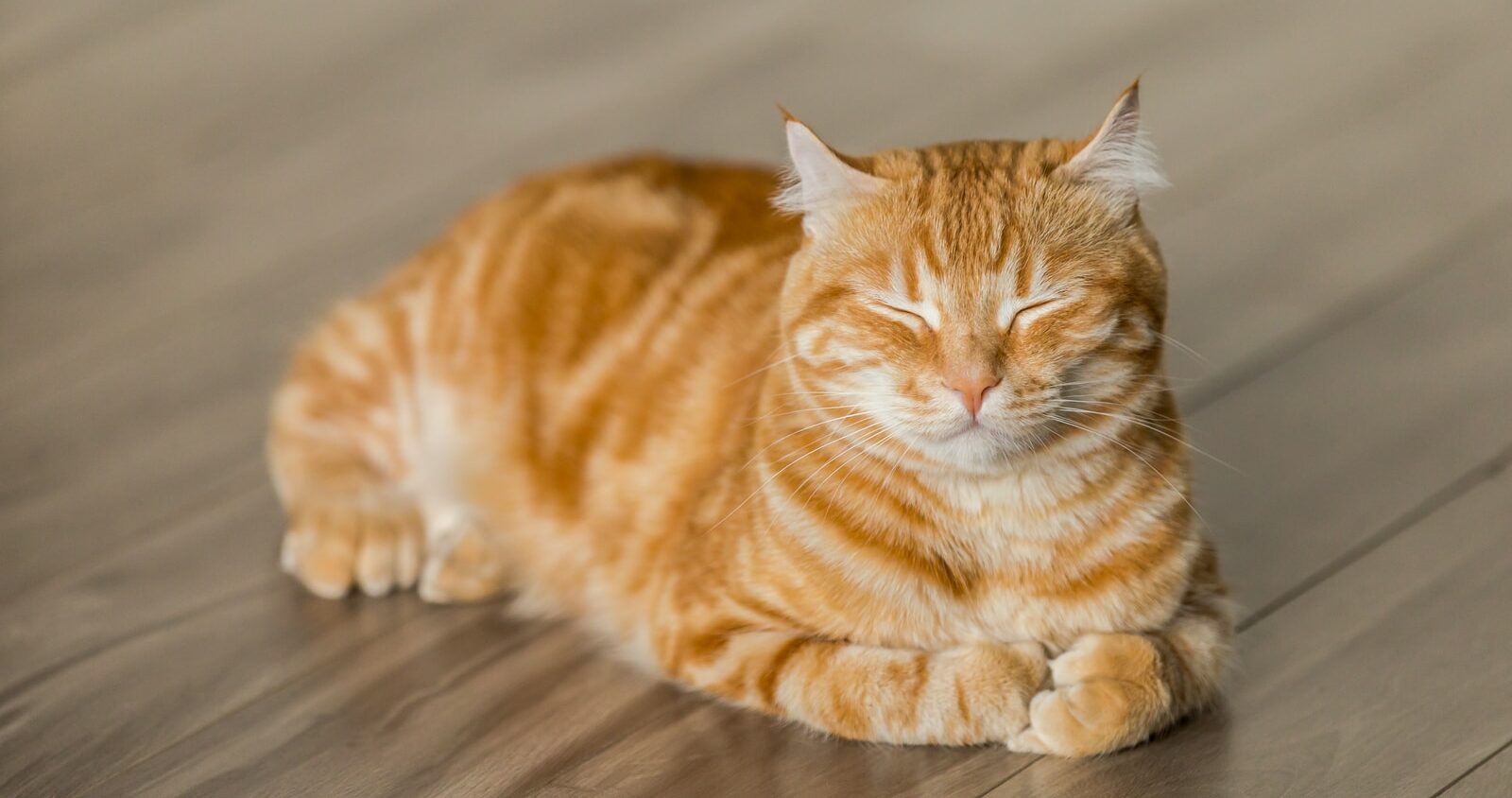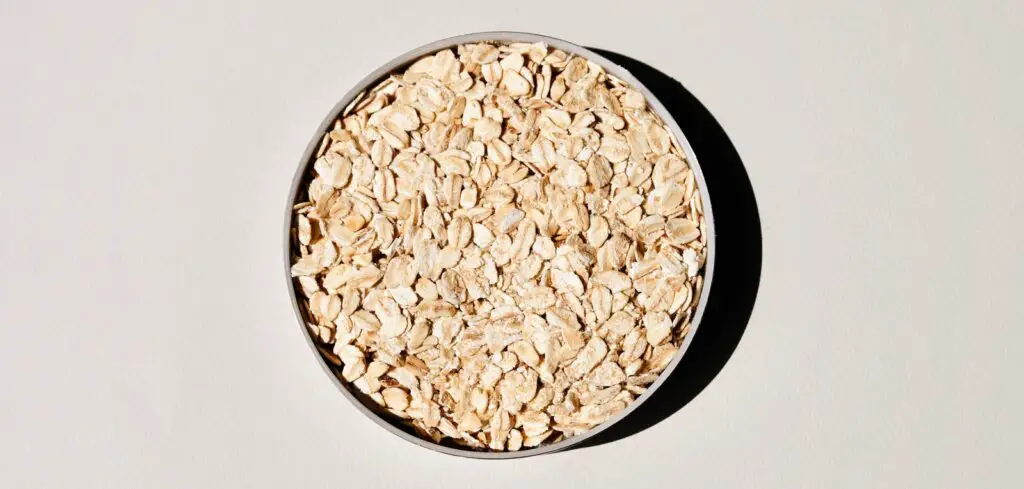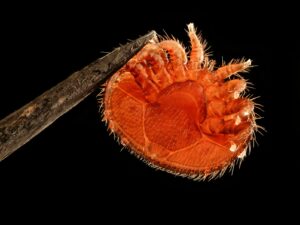
Key points:
- The symptoms of cat scabs include dry patches, rash, and irritation. The condition is not dangerous in most cases, but it’s important to keep an eye on feline scabs anyway.
- Cat scabs can be caused by allergies, parasites, acne, pemphigus, and skin cancer.
- There are different types of feline scabs, including stress scabs, chin scabs, non-seasonal scabs, and scabs near the head and ears.
- If you want to treat cat scabs at home, try using dry oatmeal shampoo, coconut oil, or flea powders, adding Omega-3 fatty acids to your cat’s diet, and giving it Epsom salts baths.
Cats are known to scratch themselves occasionally, but noticing scabs on the cat can be alarming to any pet owner. Scabs can vary in size, type, and location on the body. To treat scabs properly, it’s essential to know what caused them and what symptoms your pet is experiencing. You should also always check with your vet if your cat develops a new skin condition. Usually, the scabs are not dangerous and can be easily treated at home, but it’s important to consult a vet anyway, especially if your cat is an indoor-only pet.
Table of Contents
What Are Cat Scabs?
Cat scabs or miliary dermatitis is a skin condition that results in dry patches or lesions on a cat’s skin. There are many forms of miliary dermatitis, but the symptoms are the same for all of them: an itchy rash develops on a portion of the cat’s skin, and the animal begins excessively licking, biting, and scratching that skin area. Despite the fact that scabs aren’t dangerous in most cases, you can’t leave this condition untreated since it can result in your cat losing its fur in patches.
What Causes Cat Scabs?
The most common causes of cat scabs are allergies, flea bites, and excessive grooming. Scratches or cuts, fights with other animals, ringworm, mange, feline acne, skin cancer, pemphigus, or eosinophilic granuloma complex can also cause cat scabs.
Types Of Cat Scabs
Back And Neck Feline Scabs
Back and neck scabs are the most common types of scabs, and they indicate that your cat is hyper-sensitive to flea bites. If your cat has fleas, it’s likely that it has developed an allergic reaction to flea saliva. These scabs are very itchy and cause extreme discomfort to the pet. Cats infected with fleas will experience some or all of the following symptoms:
- Aggressive scratching and biting
- Frequent head shaking
- Excessive grooming
- Hair Loss
- Lethargy
- Avoiding certain areas of the home
Stress Scabs
Cats tend to obsessively groom themselves when they are stressed, which can result in scabs and lesions. Suppose your cat is suffering from stress scabs. In that case, it may also experience the following symptoms: not using the litter box, lack of appetite, lethargy, excessive grooming, diarrhea, trembling, withdrawal or hiding, destroying the furniture, and clingy behavior.
Scabs Close To The Cat’s Head And Ears

If your cat has scabs near its head or ears, they can indicate a food allergy. The most common symptoms of food allergies in cats include vomiting, coughing, sneezing, loss of fur, and excessive scratching. Your pet can suffer from allergies if it has a weakened immune system or, for instance, if it constantly comes into contact with dust mites in your home. The best way to find out if your feline has allergies is to take it to your vet and run tests.
Non-Seasonal Scabs
Non-seasonal feline scabs are usually caused by dermatitis or allergies. If this is the case with your cat, you should eliminate allergens that may have caused the reaction, including shampoos, medicine, and soap. You should also monitor your cat for other allergy symptoms such as sneezing, stuffy nose, runny nose, and coughing.
Chin Scabs
Feline acne usually causes scabs that appear under the pet’s chin as a cluster of acne bumps. The cause of feline acne is unknown, but some scientists believe that this condition develops as a result of a poor diet and stress. If acne gets inflamed, it can cause swelling and discomfort to your pet. Since bacteria tend to accumulate in plastic dishes, switching your pet’s bowls to new items made from glass, porcelain, or stainless steel may be helpful.
Preventing Feline Scabs
Monitoring your cat’s condition, environment, and behavior is the best way to avoid scabs. But here are other things you can do to ensure that your cat doesn’t develop miliary dermatitis:
- Make sure the environment is flea-free
- Add Omega-3 fatty acids to the pet’s diet
- Exclude all allergens from your cat’s diet
- Make sure the pet can play and exercise normally
- Watch for excessive grooming, scratching, licking, and itchiness
Home Remedies For Cat Scabs
If you are completely certain that your cat is suffering from skin scabs, you should first find the cause of scabs and eliminate it from your cat’s environment. Take care to prevent your cat from injuring its scabs, as it will slow down the healing process.

Here are some things you can use to speed up the healing process and help eliminate scabs from your cat’s skin:
- Use Dry Oatmeal Shampoo. Because oats have soothing properties, using dry oatmeal shampoo is very helpful for cats with skin issues. Also, it’s not hard to make this remedy at home. Just bake some oatmeal in an oven at around 250 degrees Fahrenheit, add water and continue baking until the oats are done. Let the oats cool before applying them around the affected areas. Don’t forget to brush your cat first. Let the mixture sit on the sin for a few minutes, then brush it out or wipe it off.
- Chamomile. This plant is known to have anti-inflammatory, antiviral, antibacterial, and antifungal properties, so it can do wonders for your cat’s skin. Chamomile oil can help soften the scabs and keep them clean. You can also make a warm compress infused with chamomile and apply it to your cat’s skin.
- Warm Towel Wrap. This simple solution will help relieve itchiness and soften the scabs. You can simply soak a clean towel in warm water, wring it out, and wrap the affected area with the towel for as long as your cat will allow.
- Coconut Oil. Coconut oil is the best way to soothe and nourish the skin. By massaging it into the irritated areas on your cat’s skin, you’ll reduce the feline’s pain and discomfort.
- Epsom Salts. This is a very inexpensive and popular way to soothe irritated skin. All you need to do is to convince your cat to take a bath with Epsom salts. The salt will reduce swelling, while warm water will moisturize the scabs.
- Aloe Vera. This wonder plant has many health benefits, including antioxidant, anti-inflammatory, antimicrobial, and pain-reducing properties. Simply cut off a piece of an aloe plant and slice it to extract the gel. Or you can purchase the gel itself, but make sure it’s 100% pure aloe with no added colors or preservatives. Don’t use it if your cat licks the irritated spots constantly, as the ingestion of aloe vera may cause poisoning.Here are other home remedies for scabs depending on their cause:
Scabs Caused By Fleas
When you see scabs on your cat, the first thing you should do is check the pet for parasites such as fleas, lice, or mites.
Apply a Topical Treatment
Topical steroid creams can ease itchiness and pain and prevent your cat from biting the itchy area of the body. But there are different topical treatments, and only a vet can tell you which one to use. Sometimes, oral medications are prescribed instead.
Protect the Area
To prevent your cat from scratching the area where you apply the treatment, you may consider using a bandage. Otherwise, your feline will irritate the scabs and cause bleeding. You can either ask your vet to help with the bandage or apply it yourself but ask your vet to teach you.
Use an Elizabethan collar
Having your cat wear a cone around its neck may help deal with itchiness. Plus, it will prevent your cat from licking the irritated area and speed up the healing process.

Make a Flea Powder
An easy way to make flea powder at home is to mix one part baking soda and one part salt. Apply the mixture to your carpets and other areas where your cat spends its time. This powder will reduce the number of fleas in the home by drying out their larvae and eggs.
Use Cedar Chips
Fleas hate the smell of cedar chips, so it may be a good idea to keep them in plants, around your cat’s play and sleep areas, and in your backyard.
Feline Scabs Caused by Allergies
Special Diet
If the treatment for parasites doesn’t work, then it’s likely that your cat has food or environmental allergies. Try to remember whether you’ve changed something in your feline’s diet or purchased something new for the house and then remove it. It may take several weeks to identify what’s causing your cat’s allergic reaction but as soon as you do, try to keep the allergen away from your cat indefinitely. You can also try switching to organic, nutrient-rich cat kibble.

Oatmeal Bath
Giving your cat an oatmeal bath is a great way to reduce skin itchiness and irritation. In addition, keeping the scabs moisturized helps soothe the skin and relieve pain.
Cat Scabs Caused By Acne
This type of acne is the easiest to treat since all you need to do is use antibacterial soap. Some people use benzoyl peroxide ointments, but it’s best to consult your vet before trying them.
Scabs Caused By Stress

The best way to relieve your feline’s stress is to give your pet enough attention, playtime, and exercise. Try to keep your cat busy and avoid leaving it alone for long periods of time. Using VitaminA oil can also help reduce skin irritation.
Switch the Shampoo
If you don’t know what’s causing the allergy, try switching your cat’s shampoo as well as soaps, fabric softeners, or laundry detergents if the pet comes in contact with them.
When To Contact Your Vet
You should seek veterinary attention as soon as you notice that home treatment doesn’t work because scabs can result in severe health issues such as cancer. If you see that your pet is bleeding, take your cat to the vet immediately to identify the cause and start the treatment.
FAQ
What can I put on my cat’s scabs?
Use topical steroid creams to ease the itchiness and stop your cat from scratching or biting at the site.
How do you get rid of miliary dermatitis in cats?
Feline miliary dermatitis treatment usually involves using antihistamines, fatty acid supplements, corticosteroids, and antibiotics.
How can I treat my cat’s irritated skin?
Soothing sprays, medicated shampoos and conditioners, and regular bathing can help treat your cat’s irritated skin. If your cat is suffering from allergies, you’ll need to use special medication prescribed by a vet.
What does miliary dermatitis look like?
Miliary dermatitis can be identified by a red and crusty rash around the cat’s head, neck, and back.
Can I put Vaseline on my cat’s scab?
Yes, but be careful because the skin around scabs is usually very sensitive.




